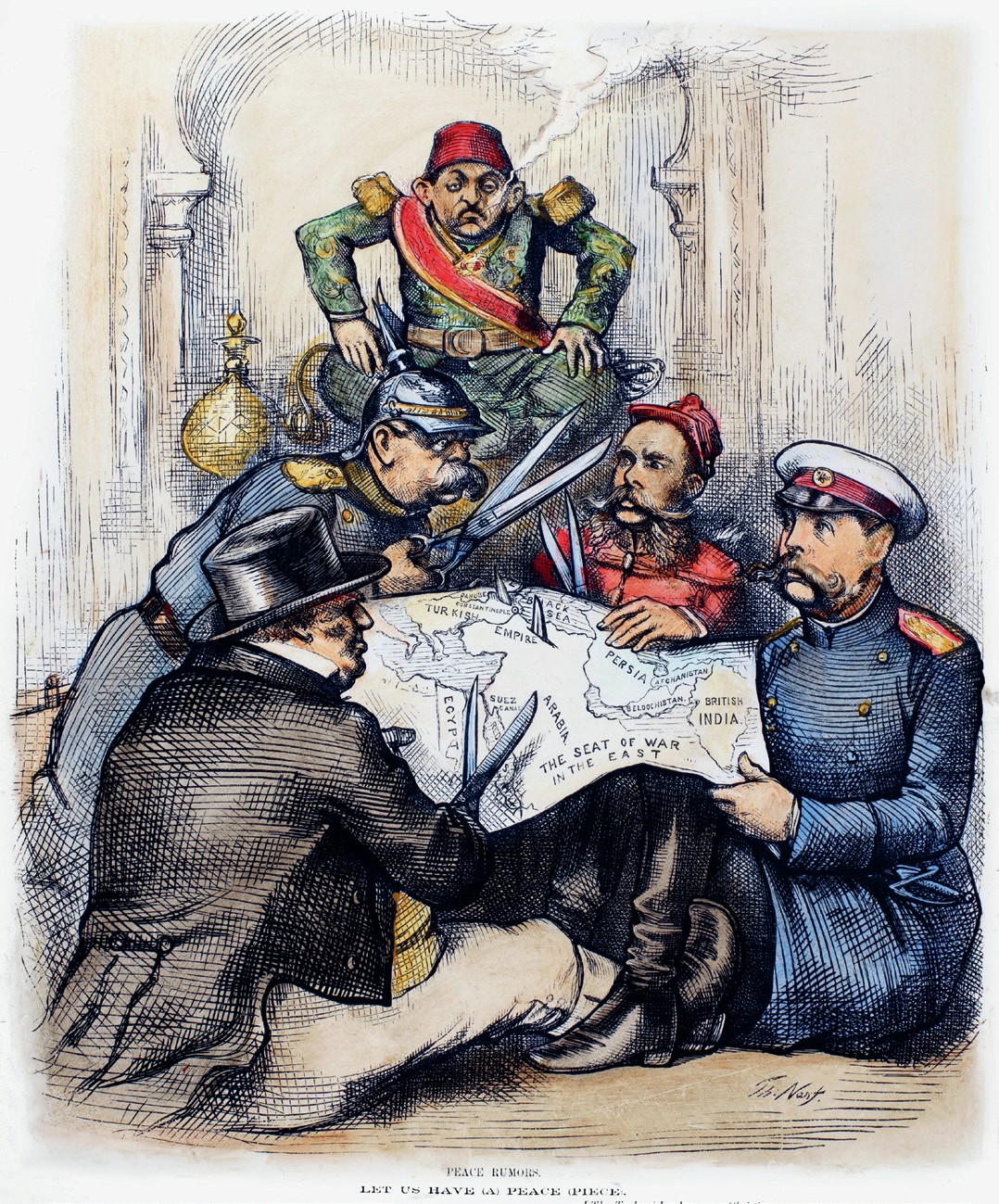
Visual sources come in the format of pictures, paintings or moving images. Such sources differ in terms of content and construction from those of a written kind, although the approach to assessing their utility and reliability as evidence is roughly the same. What differs is the way in which visual material is interpreted and fitted in to a historical context that is usually provided by written sources.
You are likely to encounter the following main types of visual source:
Your organisation does not have access to this article.
Sign up today to give your students the edge they need to achieve their best grades with subject expertise
Subscribe




